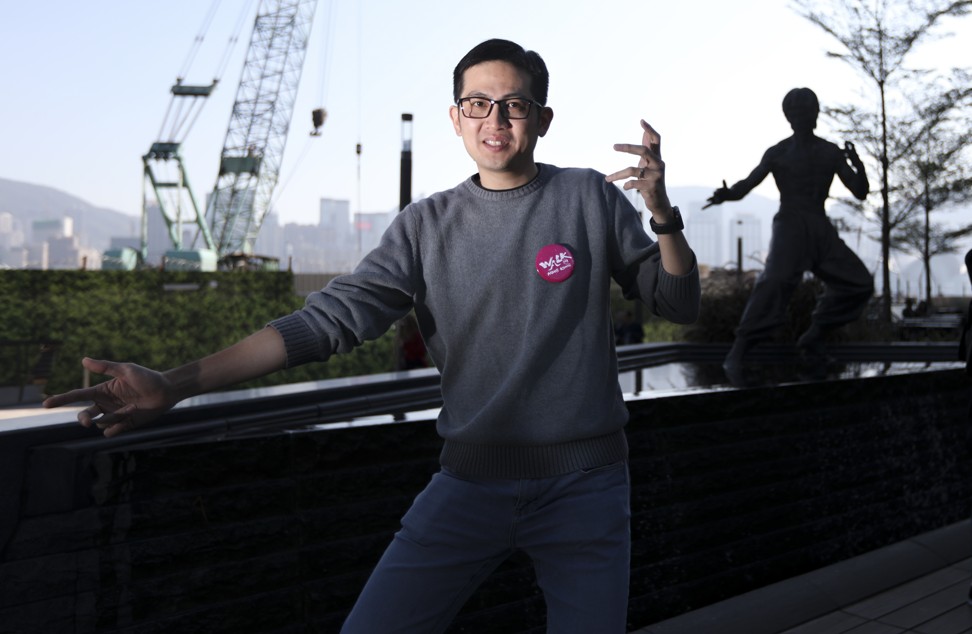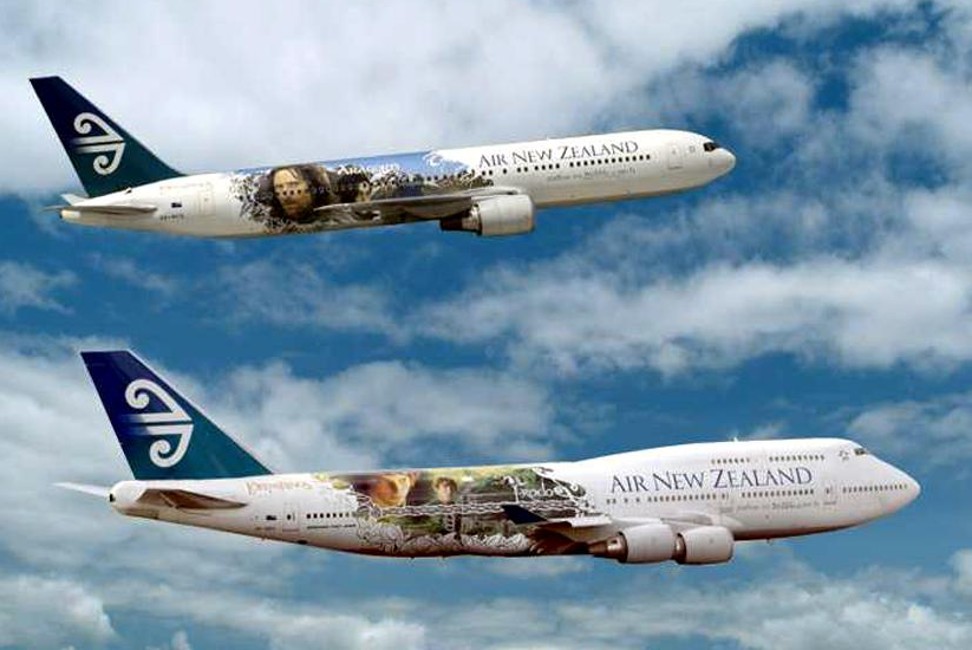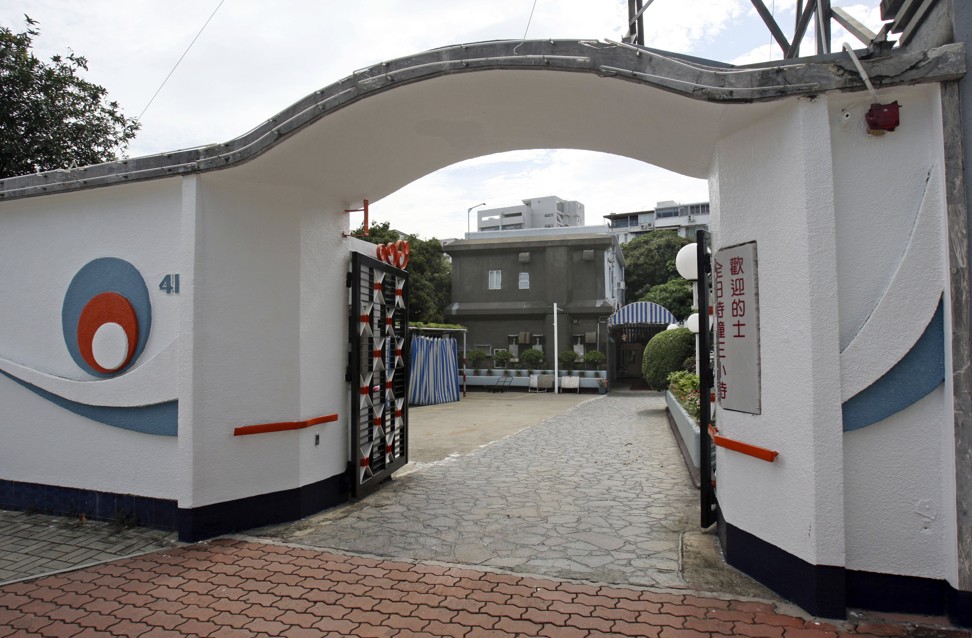
Driven by Bruce Lee and Jackie Chan, movie tourism on the rise in Hong Kong – and it’s a growing trend in Asia
- Movie and TV tourism has grown, especially in Hong Kong and South Korea, where tourists like to visit film locations and re-enact their favourite scenes
- An emotional connection to a loved old movie or TV series can have a big influence in the choice of a holiday destination for some travellers
Enthusiastically adopting kung fu poses, visitors to the statue of movie icon Bruce Lee, on Hong Kong’s Avenue of Stars beside Victoria Harbour, get a kick out of impersonating their screen idol.
Chan’s company regularly conducts movie-themed walking tours of the city. Armed with an iPad and clipboard, he and his colleagues lead groups of locals and international visitors to locations immortalised in about 20 famous Hong Kong films. He then plays the relevant clips while answering questions from enthusiasts eager to glean any new information about their heroes.
“They are always curious about the gossip and side stories, and they really want to know the exact location. Then they like to pretend and mimic their favourite movie stars,” Chan says.
Movie tourism has become a phenomenon in parts of Asia, with visitors eager to be photographed in the streets, temples, bars and other scenes captured in their favourite movies and television dramas.
The Hong Kong film industry was producing up to 150 movies a year at its peak in the 1990s, which were widely distributed throughout the region. They had an enormous cultural impact and were regarded by millions of Asian movie fans as exemplars of affluence and style.
Kim has published several research papers on the subject of movie tourism in Asia. He first became aware of the phenomenon in South Korea about 15 years ago when he noticed thousands of visitors flocking to locations shot for the popular TV drama series Winter Sonata.
“I first noticed it in 2003 in Seoul. The TV drama was attracting travellers from all over Asia, and from Japan and Taiwan in particular,” he says.

Winter Sonata was possibly the first drama production in Asia to spark the trend. Produced by Ho Yun-seok, and first broadcast in January of 2002, it quickly became one of South Korea’s most popular television shows, with its idealised romantic plots and good-looking stars.
A key location shot in the series, Nami Island in the city of Chuncheon, has become one of the country’s most visited destinations, attracting hundreds of thousands of tourists a year and generating millions of dollars in tourism revenue.
Kim says the authorities are acutely aware of the star power of its television dramas and films, and deliberately promote it as part of the country’s so-called soft culture, to project a positive image of South Korea overseas.
Wherever I am in the world and I tell people I am from Hong Kong, the first name people say is Bruce Lee. That’s how powerful our movie culture is
There is nothing new about movie tourism, but it has been regarded as a niche sector in Asia, not on a par with heritage tourism or eco-tourism.
Kim’s colleague, Professor Brian King, worked in Australia for many years, and notes that the 1986 comedy Crocodile Dundee, starring Paul Hogan, was successfully leveraged to promote tourism Down Under.
The 2008 blockbuster Australia, starring Nicole Kidman and Hugh Jackman, also helped to achieve the same purpose. New Zealand later adopted a similar strategy, King says.

“New Zealand was very deliberate about movies. The national airline was themed on Lord of the Rings, and used it to emphasise a green, small-scale friendly image of New Zealand,” he says.
Air New Zealand branded itself “the official airline of Middle-earth” and even broadcast a “Hobbit safety video” for passengers before take-off.
Kim and King recently released research that found a new genre of movie tourism is becoming increasingly significant in Asia which could provide an opportunity for Hong Kong’s struggling tourism sector. They looked specifically at nostalgia film tourism, and found that an emotional connection to a favourite old movie or TV series could be a significant influence in the choice of a holiday destination.

Their research focused on visitors to Hong Kong from Taiwan – one of the biggest inbound markets for the city – and found levels of recognition and feelings of association with stars of old Hong Kong movies such as Lee, Chan and Cheung.
“Some 90 per cent of the respondents recognised all 11 Hong Kong movie stars listed in the survey and 54 per cent had watched at least 10 of the 28 listed movies,” says King.
In the 1970s, ’80s and ’90s, he says, Hong Kong was a major producer of movies for the Asian market, pumping out more than four times as many films as any regional rival. “Cultural proximity” made the scenes and references easier to relate to than those in Western imports.
Movie culture tends to cut through political divisions. We should be doing more in Hong Kong, because movie tourism is like food tourism. It tends to bring people together from different cultures. Movie tourism needs more prominence
“This was Hollywood for millions of people in Asia,” King says. He suspects there is a major movie connection not just for viewers in Taiwan, South Korea and Japan, but also for those in neighbouring Guangdong province.
Hong Kong movie nostalgia has huge potential in Guangdong, a largely Cantonese-speaking province of mainland China with a population of about 113 million. As China opened up in the 1980s and ’90s, many residents living in the Pearl River Delta region had access to Hong Kong movies, becoming devotees of Bruce Lee and other southern Chinese stars.
“Movie culture tends to cut through political divisions,” King says. “We should be doing more in Hong Kong, because movie tourism is like food tourism. It tends to bring people together from different cultures. Movie tourism needs more prominence.”

The two tourism experts say that while some initiatives are to be applauded, such as the Bruce Lee exhibition at the Hong Kong Heritage Museum, the city’s impressive movie culture should not be confined to galleries.
Out on the streets, walking guide Chan could not agree more that nostalgia is a powerful factor in attracting visitors to Hong Kong. He is constantly searching for locations to share, but it isn’t easy. The sites he takes enthusiasts to are not listed, protected or signposted, and many are threatened with redevelopment.

“That was pathetic. Wherever I am in the world and I tell people I am from Hong Kong, the first name people say is Bruce Lee. That’s how powerful our movie culture is, but we can’t even protect it in our own city and turn it into a positive visitor attraction. It would have been a very strong pull for millions of Bruce Lee fans but we just allowed it to disappear,” he says.
The demolition could not have come at a worse time, he adds. When movie nostalgia might have been embraced to project some much needed positive images of Hong Kong as part of its tourism offering overseas, this valuable nostalgia asset was lost forever.

